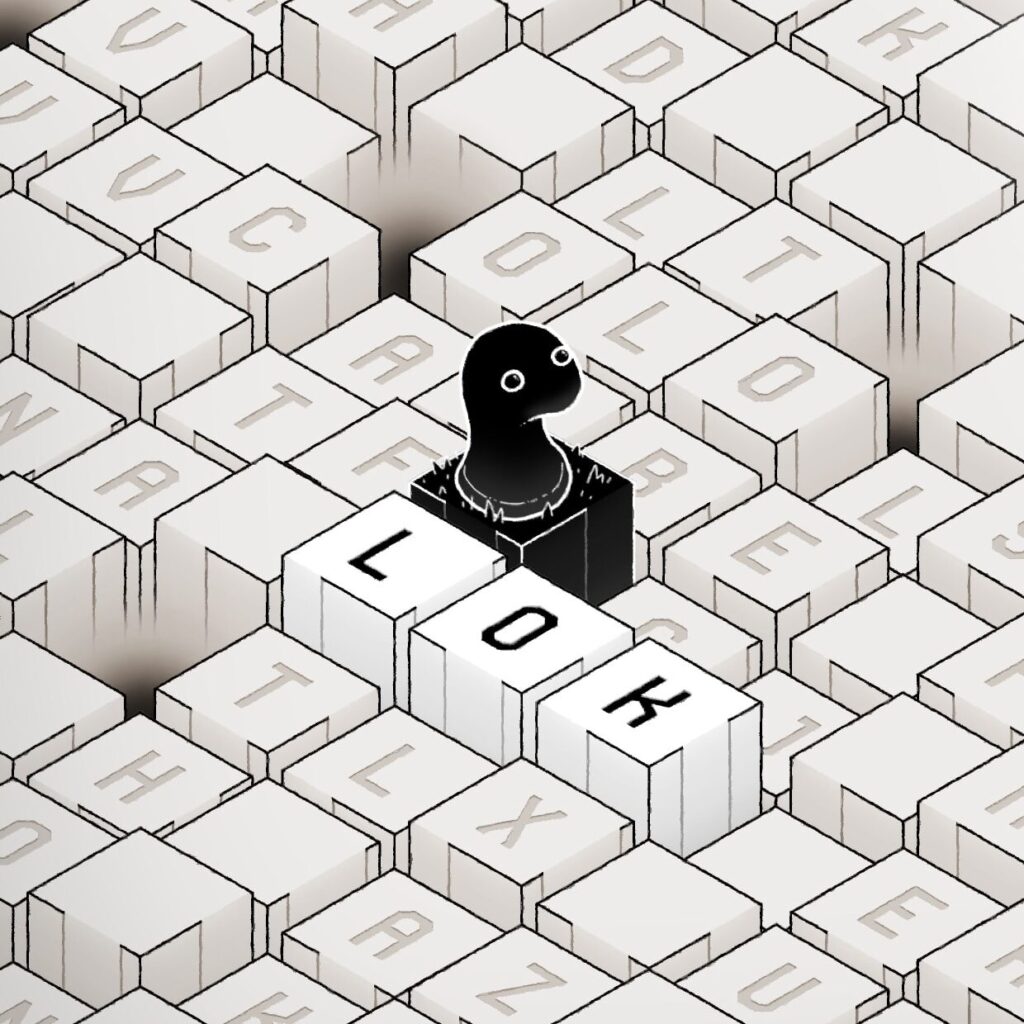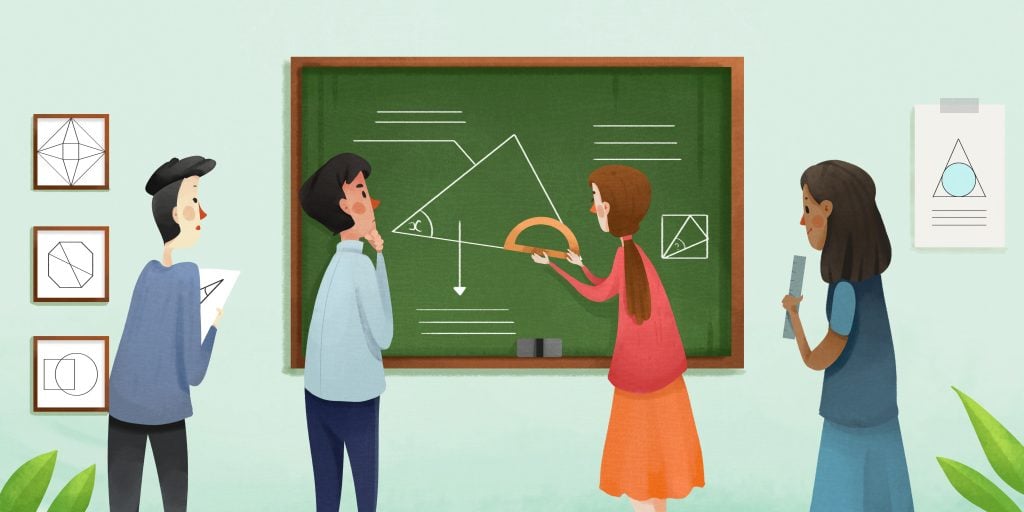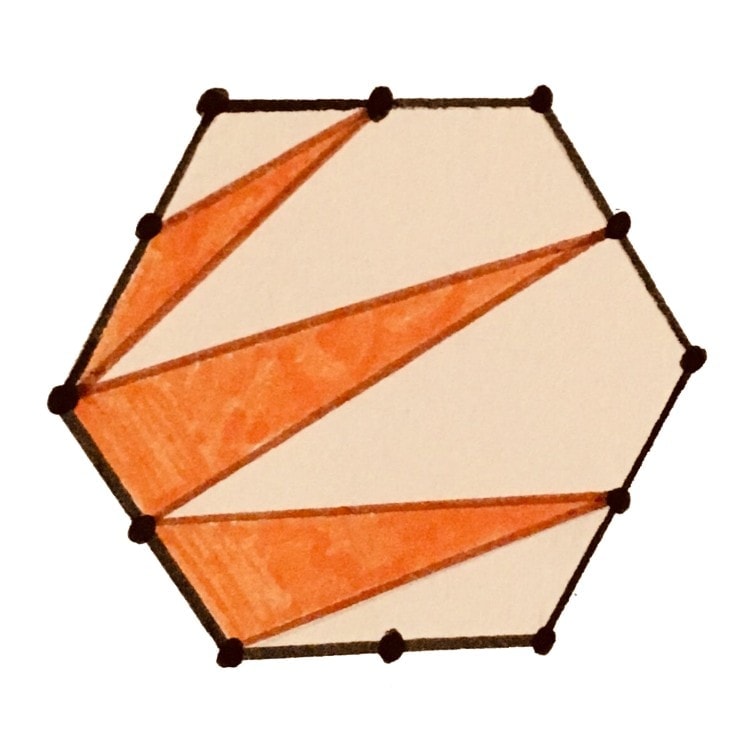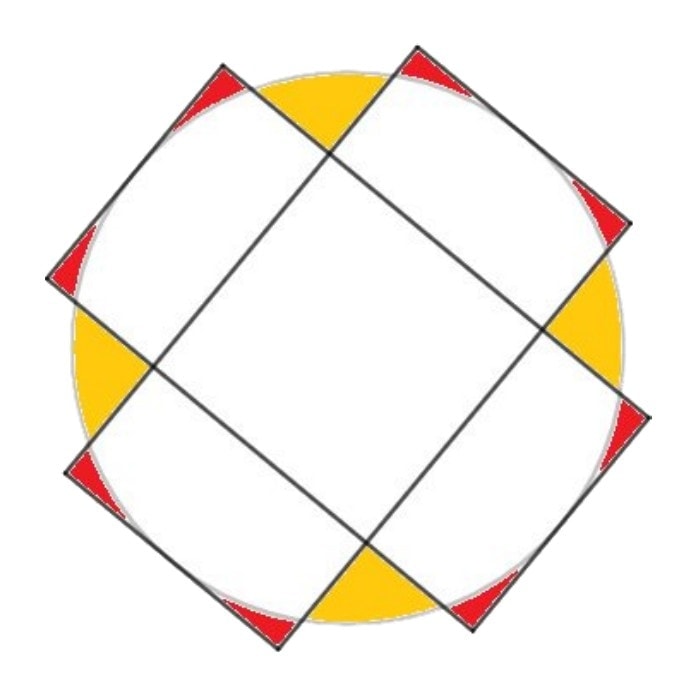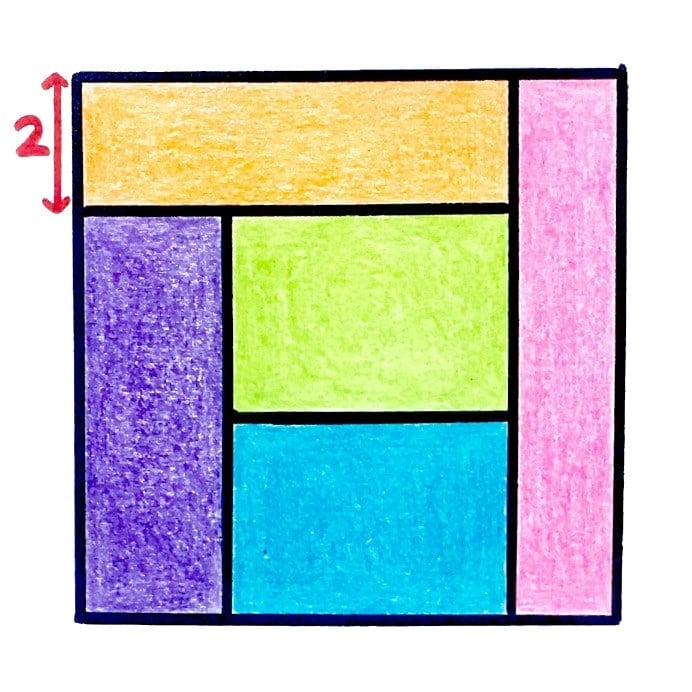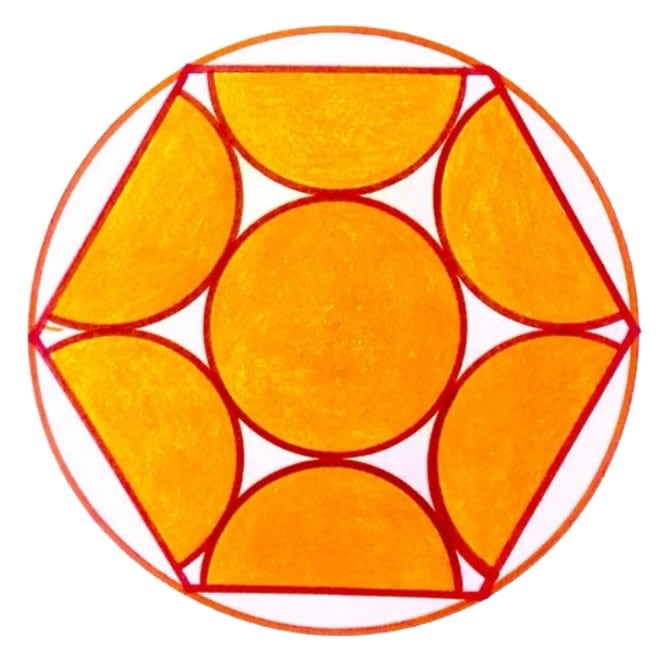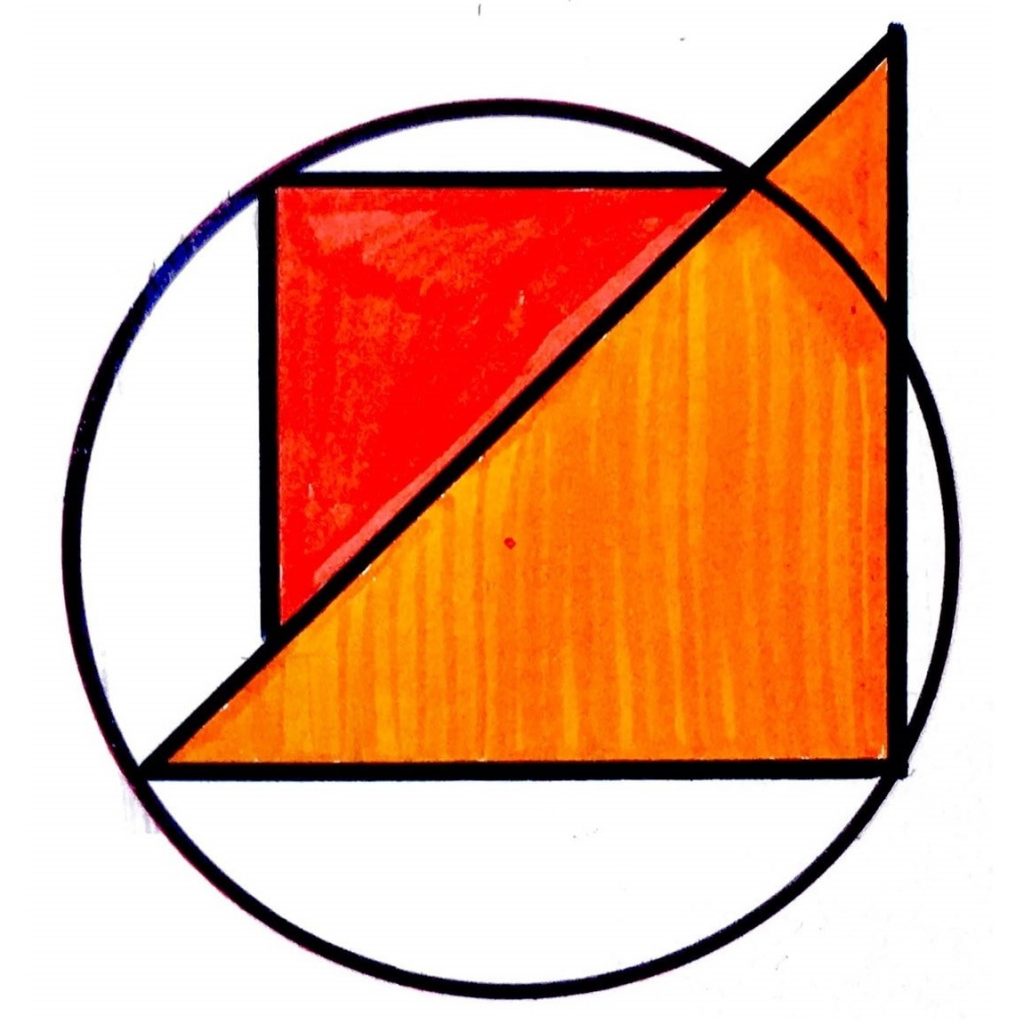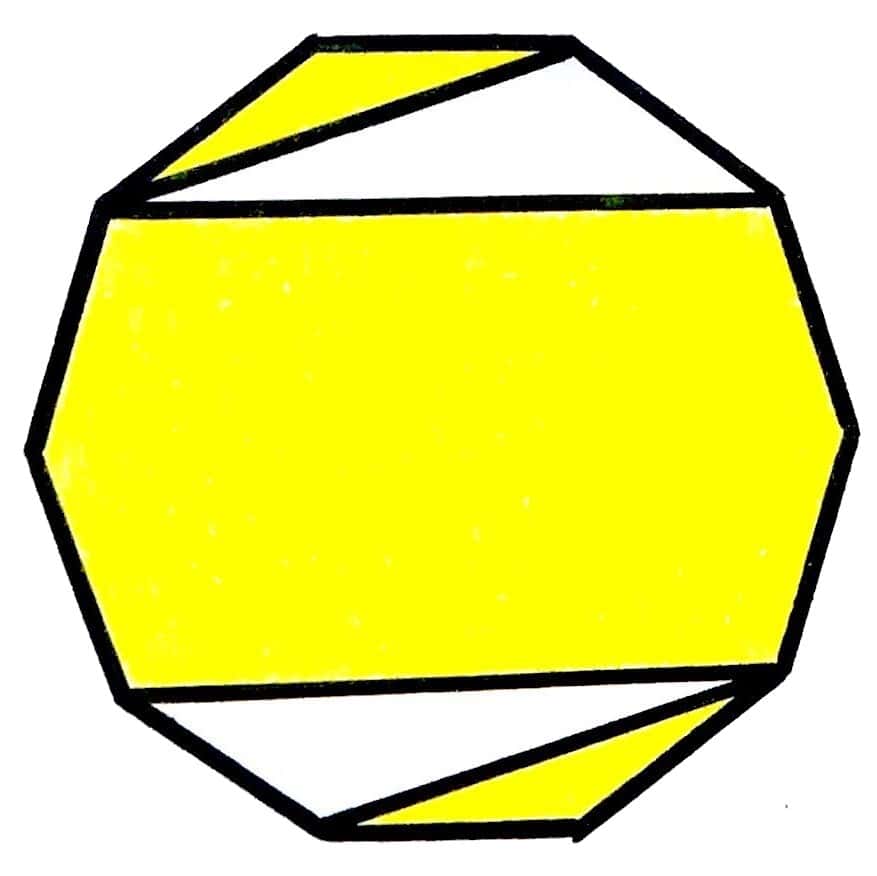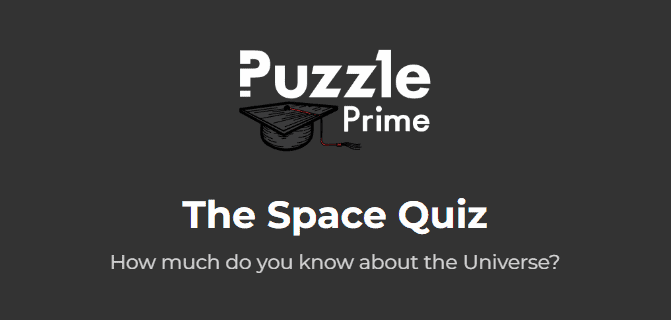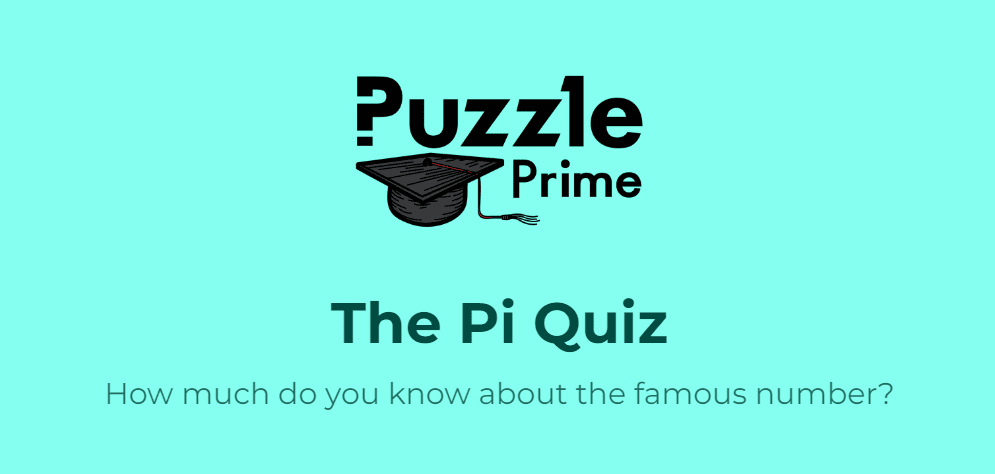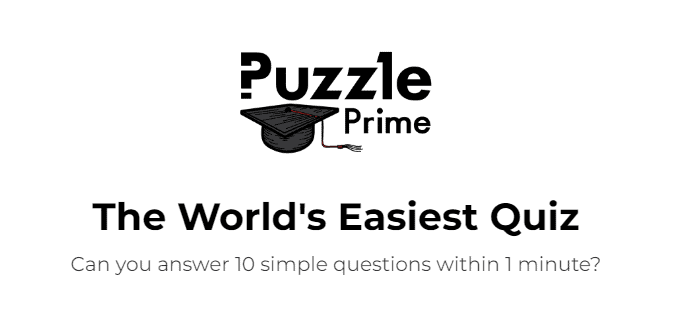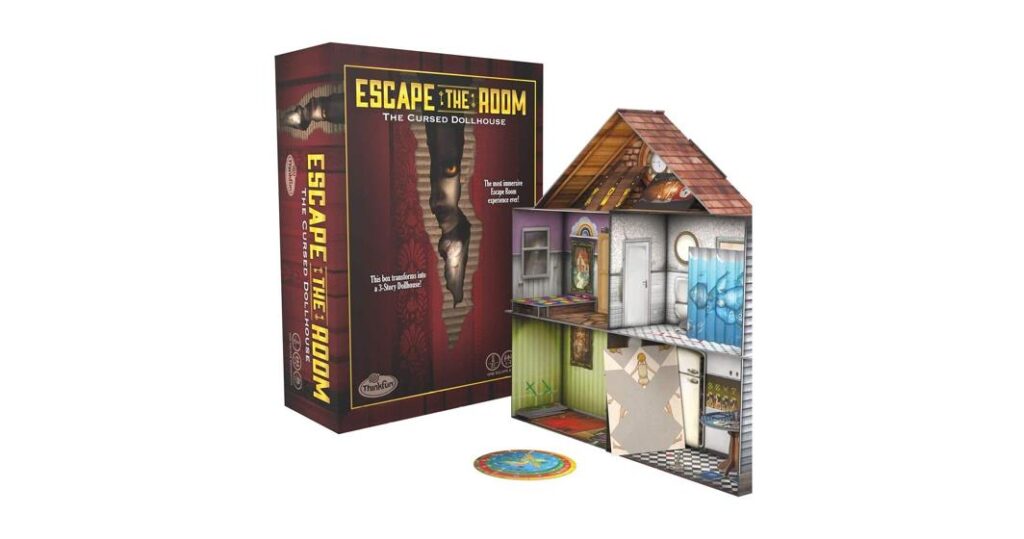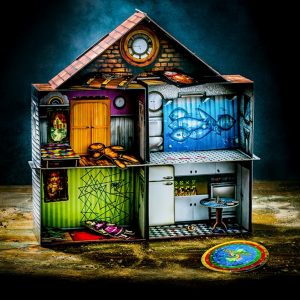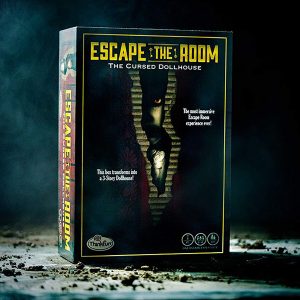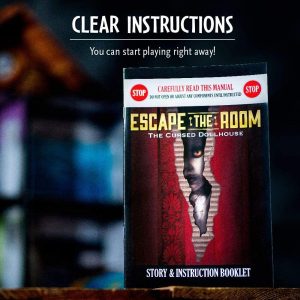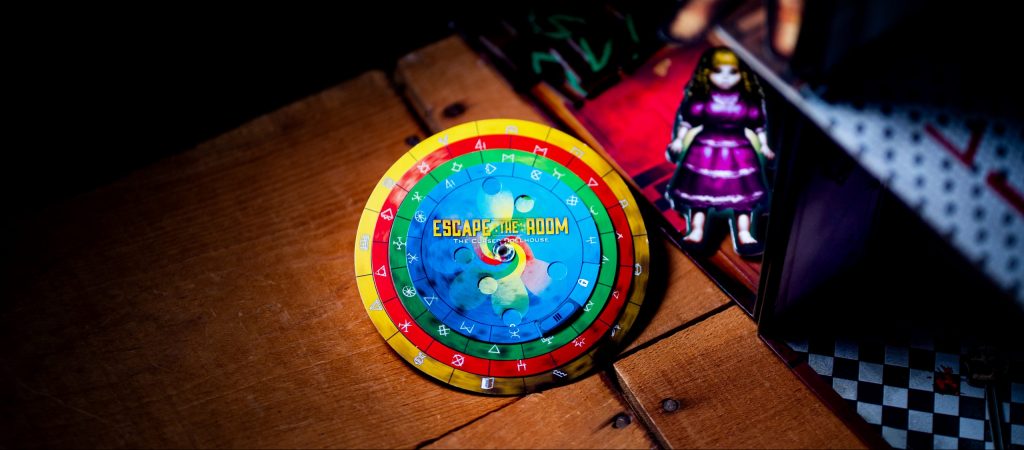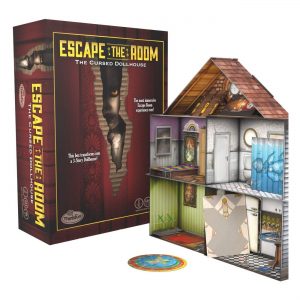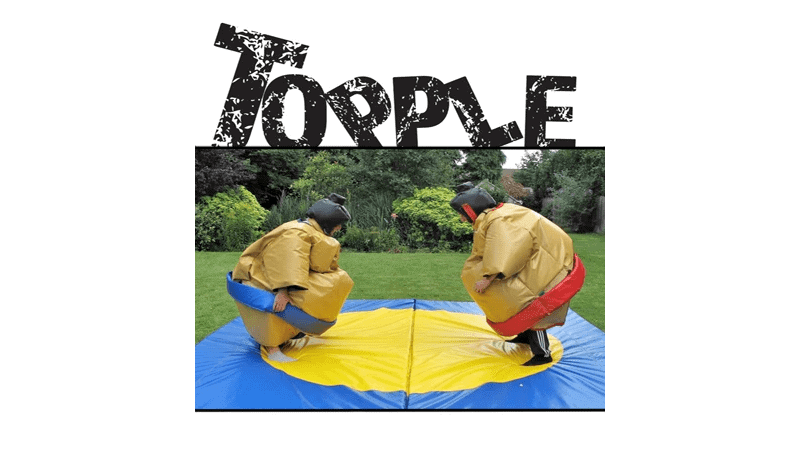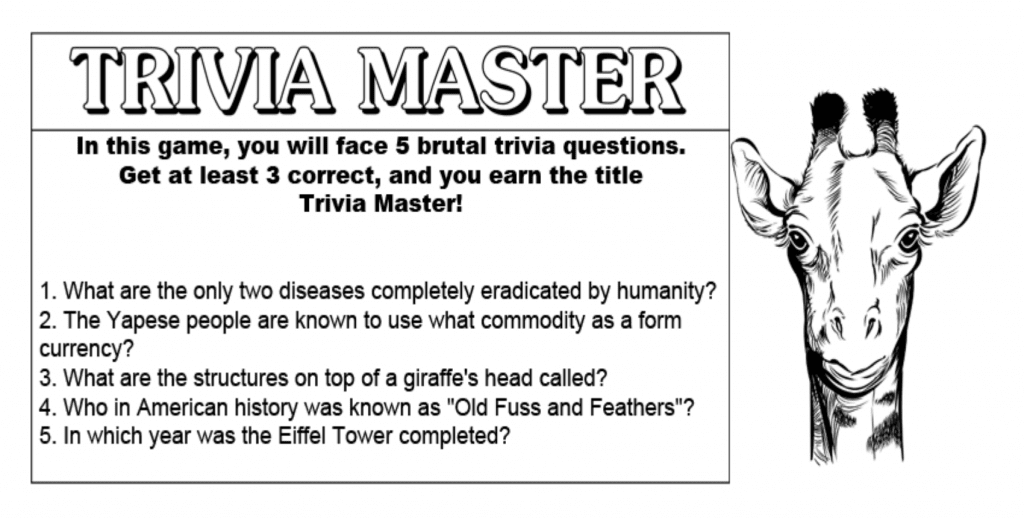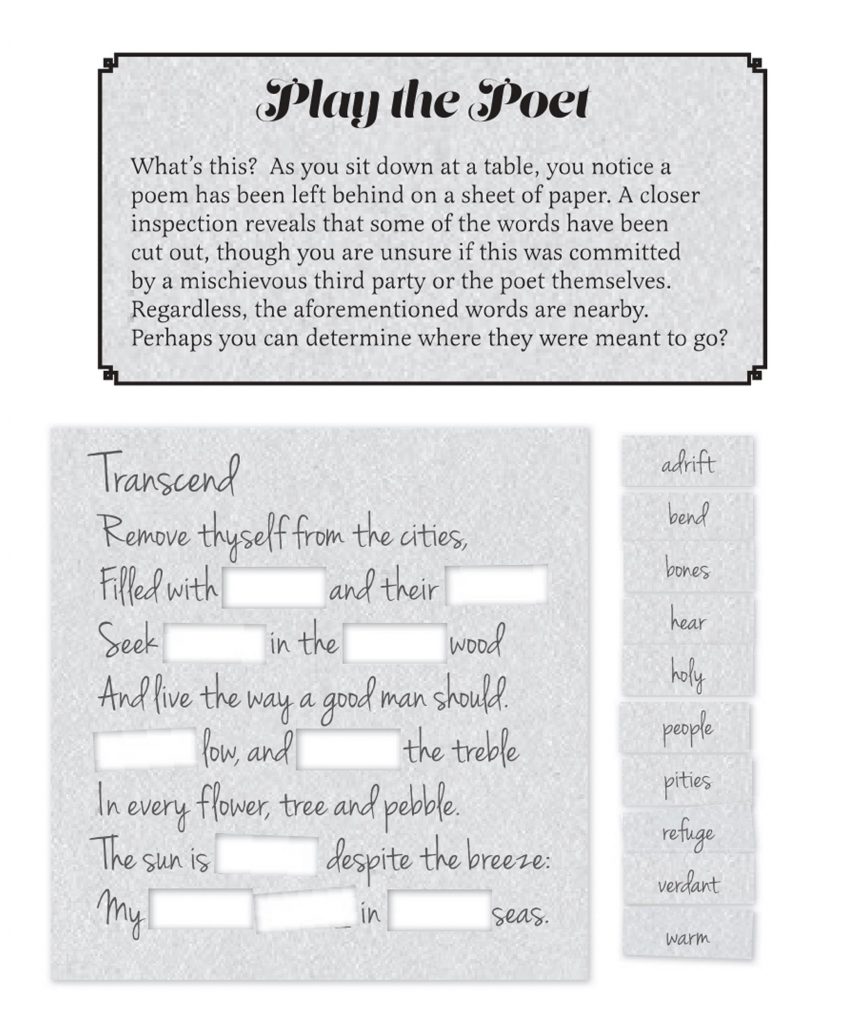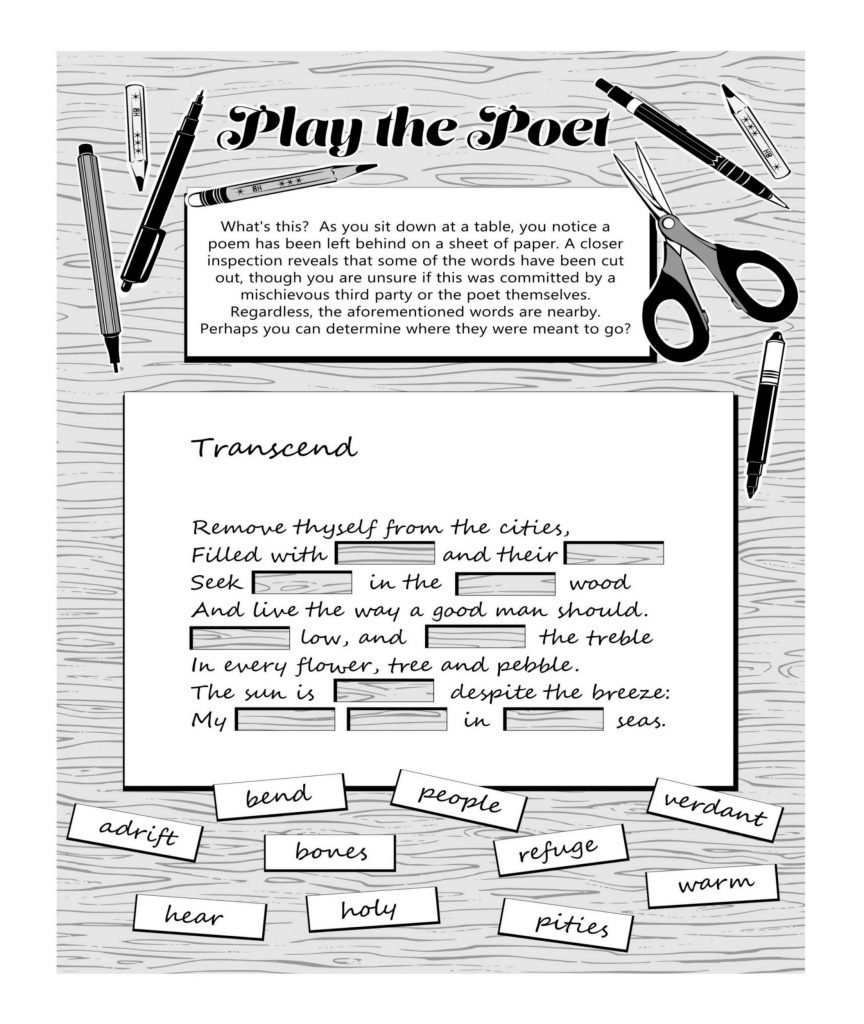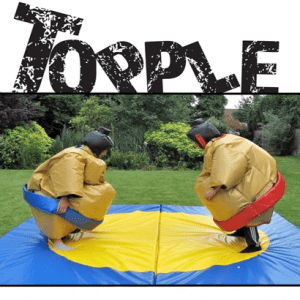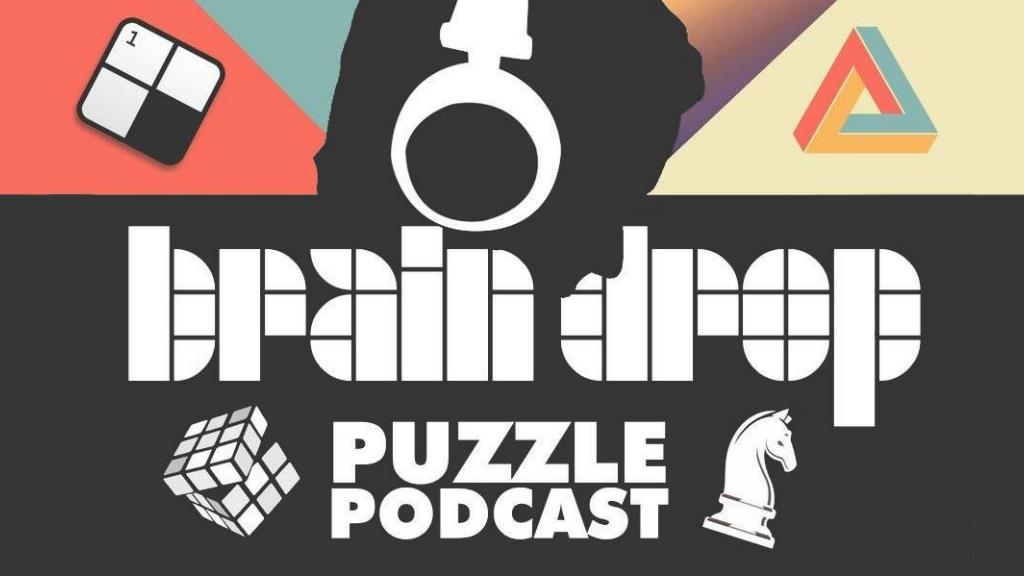LOK
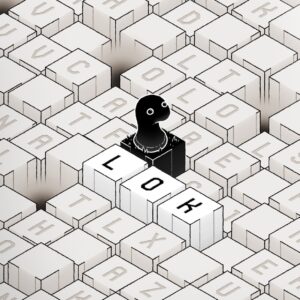
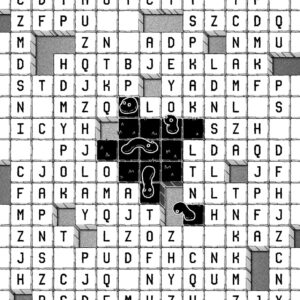
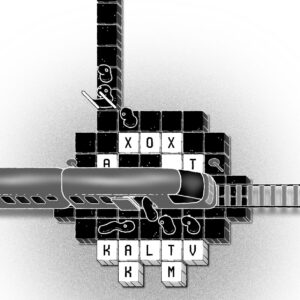

Review
LOK is a new original puzzle book, created by the musical and visual artist Blaž Gracar. It is his first published work in this domain and considering the attention to detail put into puzzle design, solutions system, and illustrations, I would say that’s an impressive start, and I am looking forward to his future endeavors.
The puzzle mechanics of LOK are quite innovative, and despite my long-time puzzle history, I cannot relate them to anything I have seen before. Each puzzle consists of a grid partially filled with letters and the goal is to black out all cells by marking certain words and then triggering their effects. For example, if one has the letters L, O, K in consecutive cells and marks the resulting word LOK, then they must black out the cells of all three letters plus an additional cell by choice.

There are 5 more trigger words that appear in the book, but since it is the solver’s challenge to figure out what their effects are, I will not spoil them for you. All I can say is that each of them works uniquely and sometimes solving the puzzles gives the feeling of planning ahead the moves of a chess game.
In addition to the funny-sounding trigger words, new chapters introduce various other mechanics, building upon the previous ones and making the puzzles progressively more complex. You will encounter ”conductors“ that let you connect separated letters, “clouds” that let you black out a given configuration of cells, and other interesting concepts.
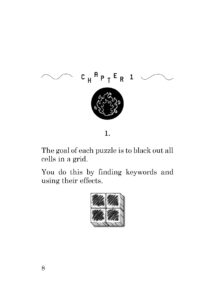
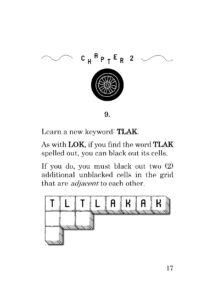
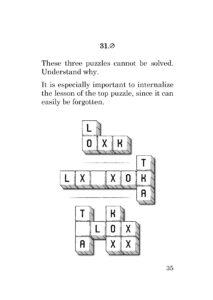
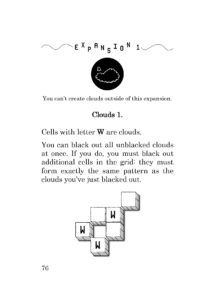
The book is split into 12 parts: 8 chapters with a total of 80 puzzles, 2 expansions with 10 extra puzzles, Rules that explain all the concepts in the book that have been left to the solver to discover, and Solutions that provide the answers to all puzzles. The parts are separated by beautifully illustrated pages of cute worm-like creatures, called ”Loks”, performing various activities, such as flying in space or working in a factory, on 10 additional solvable grids. Of course, the author could assemble the book just with all the 100 puzzles inside, and it still would have been great, but that extra touch of art is what makes LOK even more special for me.
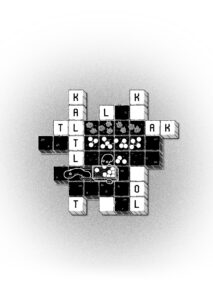
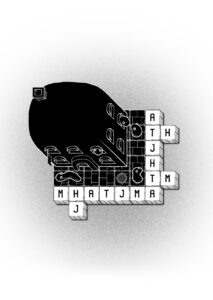
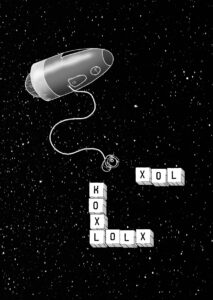
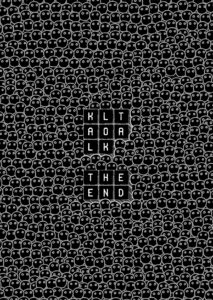
While the market is currently flooded with all kinds of derivative logic books filled with computer generated Sudokus and Kakuros, LOK differentiates itself as an ingenious passion project of someone who simply wants to contribute to the world of puzzling. You can get the digital version of LOK for free from the author’s website by clicking the button below. If you like, there you can also purchase the physical edition and solve the puzzles the way they are intended to be solved, with pencil and eraser on paper. For those who prefer to keep their puzzle books in immaculate condition, a transparent draw board is included in the package. Thanks!
- appropriate for all ages
- more than 90 carefully hand-crafted puzzles
- surprising mechanics taught through practical solving
- explained rules and solutions included
- free e-book version available to download
